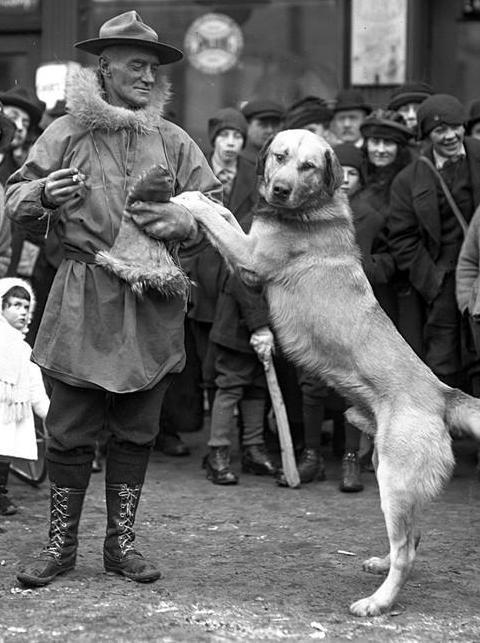
There is a certain kind of wind that occurs all over the world: In the European Alps, these strong, dry, warm winds are called föhn winds. In central Asia, they are afganet, while in the Andes of South America, they’re known as puelche. Those of us who live in the Western part of the US and Canada are also familiar with them; we call the winds that that typically come during the winter, “chinooks,” and for obvious reasons, they’re also called “snow eaters.”
The winds were initially given this name because they came from the direction of Chinook territory, but dogs belonging to what the Guinness Book of World Records called the rarest breed in the world in 1965 were also given this name. In the Inuit language, “Chinook” means “warm winter winds.” The Chinook went from being rarest breed in the world in 1965, to having 140 dogs by 1990, and to being named New Hampshire’s State Dog in 2009, thanks to students at Lurgio Middle School in Bedford, New Hampshire who lobbied the state government to have the only breed developed in the state declared the State Dog.
Has AKC recognition helped the breed population? We don’t know because the AKC no longer publishes registration numbers. We did read that when Chinooks were fully recognized by AKC (2013), there were 813 Chinooks registered, and that it was almost 27 times as many as were alive just two decades years earlier. Perhaps a Chinook person could shed light on the current state of their dog population.
Image of Arthur T. Walden and his dog, the original “Chinook,” with a crowd at the 1922 Winter Carnival in Portland, Maine. This appeared on the f – Leader of the Pack in Down East magazine and appears here via Public Domain.
You can read more about “Chinook” and Arthur Walden here, and here.
